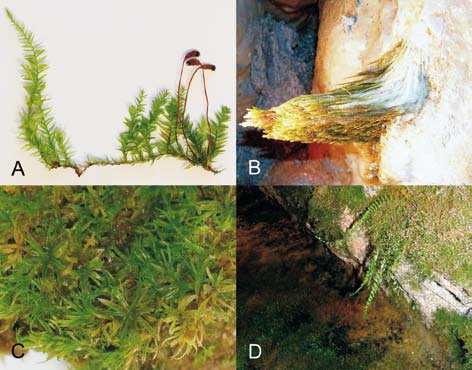Diversity of bryophytes in show caves in Slovenia and relation to light intensities
DOI:
https://doi.org/10.3986/ac.v39i3.86Abstract
In subterranean environments phototrophic organisms can grow only in the proximity of light sources. In a study from eight Slovenian show caves: Črna jama, Kostanjeviška jama, Krška jama, Pekel pri Zalogu, Pivka jama, Postojnska jama, Škocjanske jame, Županova jama and two mines, Idrija mercury mine and Mežica lead and zinc mine, equipped for tourist visits, 37 taxa of Bryophyta and Pteridophyta were identified. The most frequent organisms were mosses Amblystegium serpens, Brachythecium sp., Eucladium verticillatum and Fissidens taxifolius. The highest diversity of bryophytes was recorded in Mežica mine with16 identified taxa where lamps are on continuously. Bryophytes were collected at wide range of photosynthetic photon flux densities (PPFD) from 0.2 to 530.0 μmol photons/m2/s. Eucladium verticillatum had the highest span of PPFDs, ranging from 1.4 to 530.0 μmol photons/m2/s. Bryophytes compensate for low PPFD withlonger exposure to light irradiance. Cratoneuron filicinum identified in Mežica mine developed sporophytes at 2.1 and 2.4 μmol photons/m2/s, in Postojnska jama Brachythecium salebrosum developed sporophytes at 4.7 μmol photons/m2/s. Recolonization of lampenflora in show caves where bleachis applied to prevent its growthis still successful at sites that are exposed to long periods of irradiance and highPPFDs.
Downloads

Downloads
Published
How to Cite
Issue
Section
License
Authors guarantee that the work is their own original creation and does not infringe any statutory or common-law copyright or any proprietary right of any third party. In case of claims by third parties, authors commit their self to defend the interests of the publisher, and shall cover any potential costs.
More in: Submission chapter




